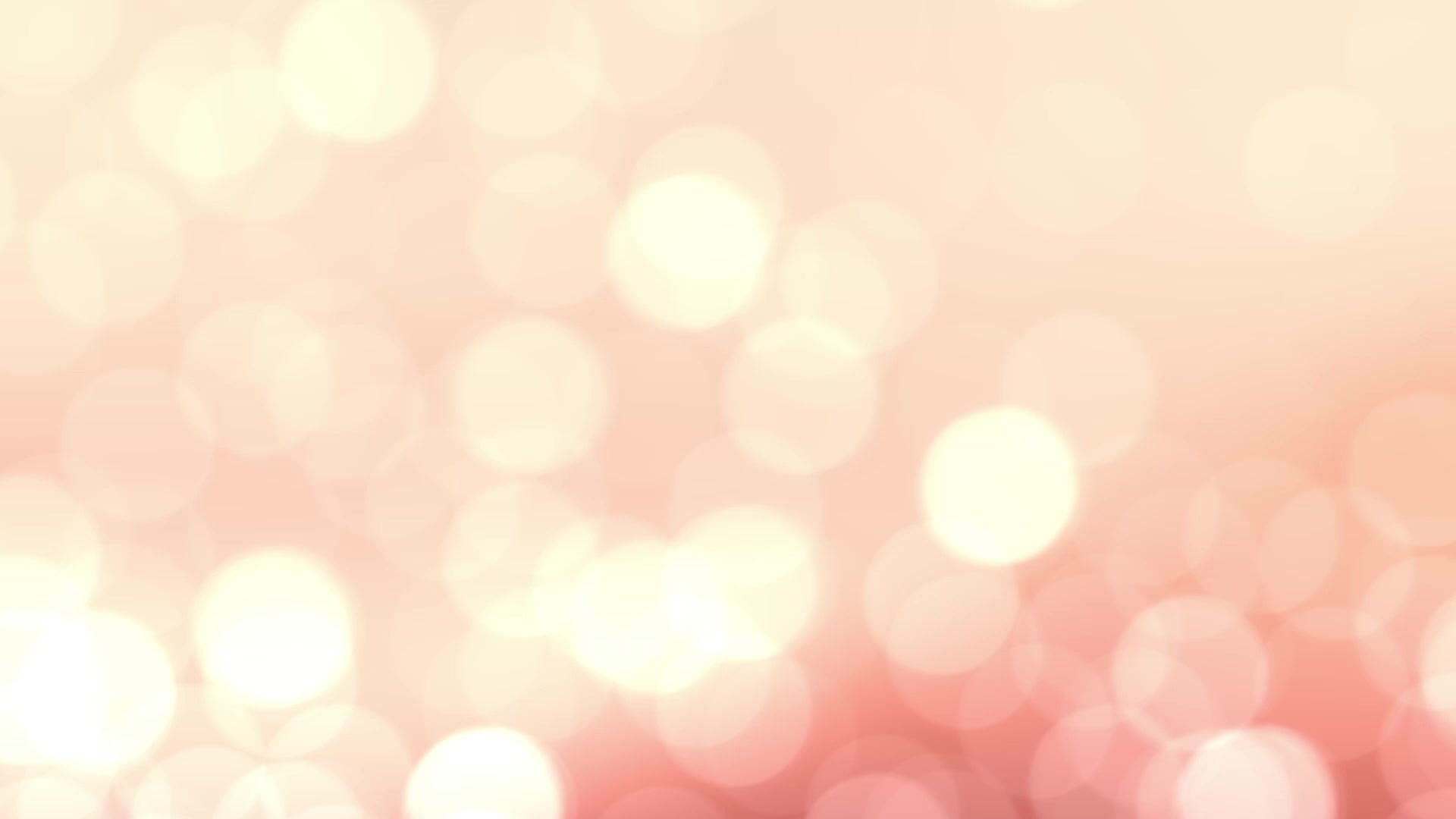
About Our Sharpening
Allow me to pose a question to you. Sharpening creates a hollow in the blade that creates outside and inside edges, and changing the depth of the hollows changes how pronounced the edges are. So which hollow depth is best for a skater who can perform a triple jump?

The answer totally depends on the skater. I performed skate maintenance in Japan, and they all have different sharpening preferences.
Skaters having different polishing preferences means that if, for example, you sharpen shallow hollows for skaters who prefer them to be deep, or sharpen deep hollows for those who prefer them shallow, it will create conditions that make skating difficult. Therefore, it would of course be wrong to make judgments such as “let’s make the hollow deeper because you are getting better” or “you can perform triple jumps, so this hollow will make skating easier for you.”
I try to get an understanding of the sharpening preferences of all skaters and do my best to ensure that the finish is the same every time, no matter how many times I sharpen the blades, to create an environment that makes it easy for the skaters to perform at 100 percent of their ability.
So, there are three conditions that I consider to be the ideal state of sharpening.
1.Matching the height
2.Not deforming the shape too much
3.Minimizing unevenness of the sliding surface
1.Matching the height
The heights of the inside and outside edges must be kept level when sharpening. If they are not level, it may be difficult to maintain balance when gliding, or there may be discomfort when skating on the inside and outside edges, making it difficult to skate with any stability. And to ensure uniform sharpening every time, the most obvious standard is level finishing.

2.Not deforming the shape too much
Since sharpening involves grinding the blade, the shape will inevitably change, but the shape should not be allowed to change too much when sharpening. Let me give you an example.
The two photos below show examples of heel grinding. The photo on the right shows the heel of a new blade, and the photo on the left shows the heel of an overground blade. The blade in the photo on the left has a profile that looks more like that of an ice-hockey blade. Ideally, the heel of a new blade has an angle to it, so it should be sharpened while maintaining this original state.


LEFT: Heel of old blade Right: Heel of new blade
The two photos below show examples of front grinding. The photo on the right shows the front of a new blade, and the photo on the left shows the front of an incorrectly ground blade. Can you see what the difference is? The curves towards the start of the toe are different, and the left photo shows the curve starting from around the “Coronation Ace” logo, while the right photo shows the curve starting beyond the logo. Such a difference makes taking off for an axel jump feel unnatural, and makes it easier for the toe to catch on the ice when skating, and harder to spin around, and it is not a good thing at all. Ideally, the front should be sharpened while maintaining its new-blade shape.


Left: Toe of old blade Right: Toe of new blade
3.Minimizing unevenness of the sliding surface
Sharpening the edges is not the only way to sharpen. It is important to polish the sharpened surface so that it is clean and even. Here are some examples.
Can you tell which type of sharpening would make it easier to skate in the photos below? The sharpening that allows a smooth glide without any snagging when skating is the sharpening on the right. The difference is that the sharpening on the left is very rough. This will result in sloppy skating where you won’t be able to glide at all, no matter how much you kick. If I were to compare the pattern of the skating surface to something, it would be a rough and stormy sea. If you ever come across such a pattern, beware. On the other hand, the sharpening on the right side has been very carefully performed. It will be possible to glide as far as you like with a single kick. If I were to compare the pattern of the skating surface to something, it would be a calm sunset beach at dusk ... A little difficult to picture perhaps, but it is a beautiful finish anyway.
I am very particular about the smoothness of the sharpened surface and have mastered the art of hand sharpening. Finishing with hand sharpening reduces frictional resistance during skating and ensures smoother skating.




